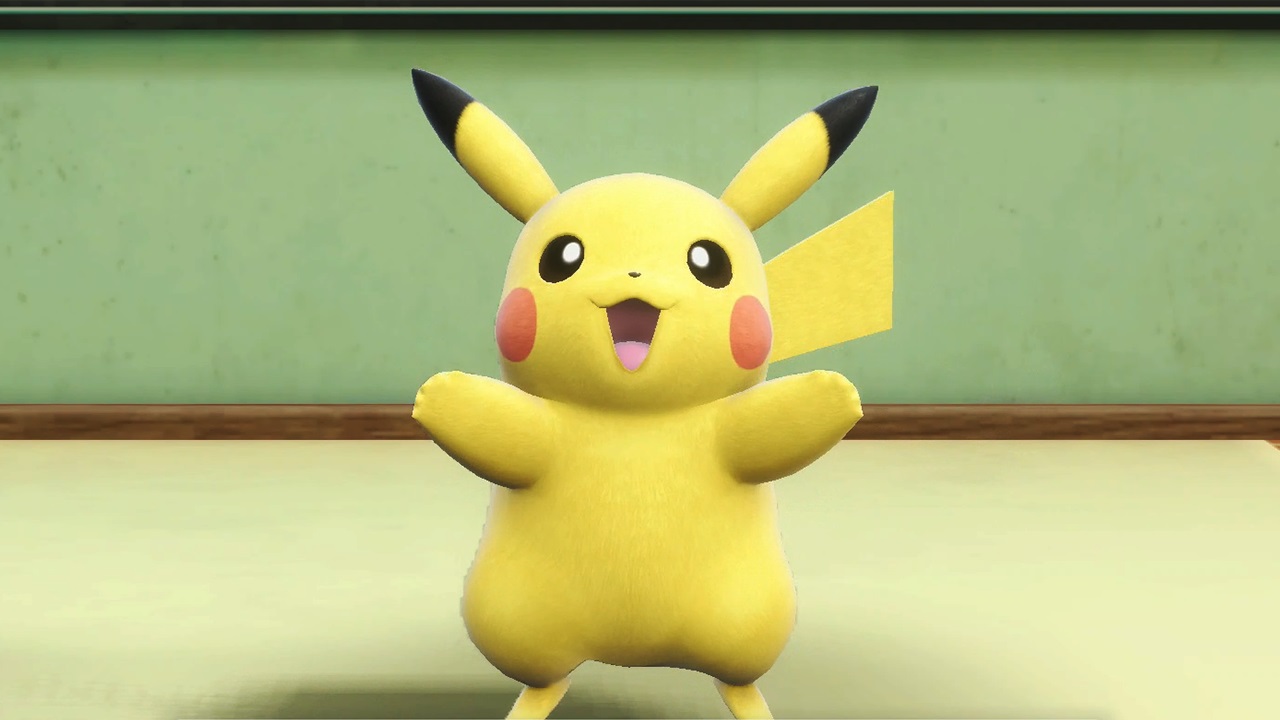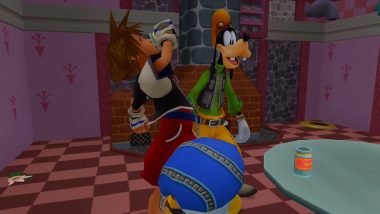Should Pokémon games spend more time in development?

Pokémon Scarlet and Violet have proven themselves to be extremely popular after selling over 10 million copies globally in just three days. The games have been praised by fans and critics for taking on new challenges for the series, but the overall reception has been mixed due to the number of performance issues and bugs the games have.
But should Pokémon spend more time in development in order to improve their reception? The fact that the answer isn’t simply “yes” is part of what makes the series unique.
Before we think more about this question, let’s first look at what Pokémon Scarlet and Violet get right and what they miss the mark on.
The good
-The main story
Previous titles in the series crammed three different story components into one main route. These components are player growth through collecting badges, human drama through battling an evil organization, and the myths involving Legendary Pokémon. By putting all of these together into one scenario, elements from each can feel out of place at times, and the power balance and standing between characters gets ambiguous.
Pokémon Scarlet and Violet break up this single route format into something more open ended. By doing so, they were able to dig deeper into each component of the scenario and succeeded in crafting a more satisfying story.
– The open world
What connects these three scenarios together are the games’ open world. It doesn’t just keep players on track through a story but provides a place for players to have their own unique experiences.
– No random battles
The games do away with random battles in favor of encountering Pokémon in the world directly, which makes filling up the Pokédex easier.
Additionally, the improved quality of the Pokémon models and the soundtrack featuring music from Toby Fox can also be listed as points in favor of the games.
The bad
– Performance
As for the issues, the poor performance stands out above anything else. Beyond the low frame rate, there have been frequent reports of the games crashing. The games are generally slow overall for modern titles, and that includes the load times. Not even the menus are snappy, with there being noticeable wait times when they load 3D models.
– The quality of the open world
Compared to other open-world releases in recent years, the quality of Pokémon Scarlet and Violet’s open world is pretty low. There are numerous buildings, but only a small handful offer any substance. In contrast to the scale of the towns, there aren’t a lot of NPCs, and their actions don’t make the world feel lived in.
– Compatibility with the open world
Such is the fate of open-world games that use leveling systems to generally have a predetermined route. While the game tells you to take on challenges in any order you want, the possible routes you can take are actually limited. On top of that, open worlds where players are free to explore and turn-based battles that bring the game speed to a halt don’t mesh well. I (the original author of this article) remember feeling like someone threw on the emergency brake when getting thrust into a battle while exploring.
– Lack of customization options
While you can change your character’s look, it’s limited to unisex school uniforms. Despite one of the themes of the game being diversity, the customization options are limited.
– The UI in the menus
The menus haven’t progressed beyond previous titles. Firstly, it’s hard to intuitively understand if you can move the cursor between the left and right windows, and there’s no way to directly search for or sort items in your bag. The Auto Heal and existence of TM Machine seem like stopgaps to reduce the amount of time players spend with the menu system.
Many of these issues have been solved by other open-world games, which just makes them stand out that much more.
The strength of the Pokémon IP
Why can’t Pokémon Scarlet and Violet do what other open-world games do? You could say it has something to do with the unique strength of the IP that’s kept it popular for over 25 years.
– The speed at which new content is released
The strength of the Pokémon IP is how fast it gets updated with new content. Mainline titles are released every year or two, each introducing around 100 new Pokémon and characters with new settings for their adventures to take place. Offering so much at such a pace is astounding when compared to other video game IPs.
Because of the speed, it stays relevant and on peoples’ minds. Because of how many there are, they can meet a wide range of demands. The rich world also makes it ripe for cross-media development.
– The core remains the same
The core of the mainline titles remaining the same is another strength of the series. Players catch Pokémon, fill their Pokédex, and raise their Pokémon through turn-based battles. It offers existing fans a sense of familiarity. It also makes it easier for fans to recommend to others because they know what to expect.
And because the core of the mainline series stays the same, it makes players want to branch out and try different Pokémon experiences such as the trading card game, Pokémon UNITE, Pokkén Tournament, and Pokémon Snap. Players will want to watch the anime and try other media that expand the series beyond what it’s limited to in the mainline games. Conversely, those who were introduced to the series outside of the mainline games will want to play them to see what the core of the series is all about.
A brochure for spinoffs and cross-media development
In general, gaming is a medium that is expected to change and progress. The mainline Pokémon games are able to stay the same because of how the IP is handled as a whole with the games, spinoffs, and other media all supporting each other.
When thinking about how this applies to Pokémon Scarlet and Violet, the poor performance of the games is due to them prioritizing updating the IP which didn’t leave them enough time. Resources could be put into updating the menus, but that update doesn’t increase the appeal of the IP as a whole.
The open world itself might not be great, but they can compromise by supplementing it with the anime and other media. Food and making sandwiches might feel clumsy and awkward, but the Pokémon series can collaborate with a real café to offer real food for fans. We can surmise that, ultimately, they’re taking an approach where features are prioritized in service to the IP.
I’m not trying to say that the flaws of these games should be accepted because they’re due to the direction of the IP. I’m pointing out that a gap has formed between what the team behind Pokémon wants to do and the demands of consumers.
The quality players expect from games is continually on the rise. Within that, we have both “taking years to meet demand and making an overall higher quality product” lined up beside “making a product that prioritizes acting as a brochure to draw more players into the IP as a whole.” We now have a situation where the two approaches are constantly being compared. It has to be said that trying to both routinely update the IP while meeting the constantly growing demands of players is reaching its limit.
This approach of making compromises is starting to show itself more so than in previous generations. Naturally, players will expect more from the next game. Putting aside whether they’ve met players’ expectations at this current phase, will they be able to meet the even higher expectations with the next one? It remains questionable whether they will be able to leverage the strength of the IP while supplementing the shortcomings of Pokémon Scarlet and Violet with other games and media going forward.
For the Pokémon series to do what other games can do, I think it will require an appropriate amount of resources and development time be poured into it. But pouring in time and resources takes away the IP’s strength of offering steady content at a high rate. Those resources aren’t guaranteed to solve the series’ problems either and could just create a drought between new content. That alone would bring other related media and merchandise to a halt.
What direction do you think Pokémon should go? Would you prefer they continue regularly putting out new games in a short time span, or should they switch to longer development cycles to make more complete games?
Translated by. Nick Mosier based on a script written for AUTOMATON JP’s YouTube video




